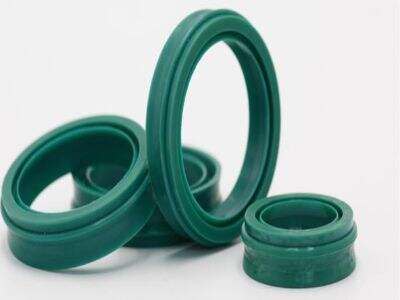O-rings matter because they provide tight seals to prevent leaks in a wide range of machines and instruments. These tiny little circles might seem simple but the way they’re made can have a big impact on how well they function. In this article, we’ll dissect various aspects of O-ring technology and explore how it can guarantee that things never, ever leak while using simple words for young readers.
Selecting The Right O-Ring Material
The material an O-ring is made from is also one big factor as to how well it makes a seal. Various materials can withstand different things, such as heat, chemicals, wear. It’s also important to choose the proper one for the job. For instance, a rubber O-ring may be a great material to seal water pipes, but wouldn’t work in a hot engine. A silicone O-ring would work better there. By selecting the right material, such as the high-quality materials used in Boman O-rings, you can ensure that your O-ring holds up well and lasts a long time.
Why O-Ring Size Matters
Good size is also very important in good sealing of an O-ring. An O-ring that’s too small may either not squish down to seal, or will not be thick enough to seal sufficiently. If it’s too large, it may not seat properly into the groove it slides into. Choosing the correct size o rubber ring will help close the gap that could cause leaks. Boman is available in a number of sizes so you can achieve the perfect fit for your project.
How O-Ring Compression Helps
In order for an O Ring/X Ring to seal up tight, it needs to be compressed inward, down inside the groove in which it rests. How far it gets pushed down is crucial. If you don’t push it down far enough, then it may leak. It will wear out too soon if forced in too tightly. By determining how much compression you require, and selecting the right sized and shaped O-ring for that, you can ensure your seal fits right and works well and will last you. Boman O-rings are designed to provide just the right amount of compression to create a seal in varying applications.
The Effect of Groove Design on Sealing
Even how the groove is formed where the O-ring sits can make a difference in how effective the seal is. The groove has to be the right size and shape, so the O-ring doesn’t get squished out of shape. If the groove is poorly designed, it can cause leaks. It’s worth considering the groove design when selecting and fitting orings and seals. Boman offers pointers on designing grooves to ensure that your O-rings perform well and maintain strong seals.
Mistakes to Avoid Achieving The Perfect Seal
There are some things not to do when making O-ring seals in order to keep them working well. These can be using the wrong size, or material, pushing too hard or not hard enough, not cleaning and lubricating the o-ring before it goes in, or forgetting the groove design. Understanding these errors and how to avoid them enables you to create O-ring seals that are both functional and longlasting. Boman provides useful tools to ensure that you can produce O-ring seals that will stand, from a performance and longevity point of view.




